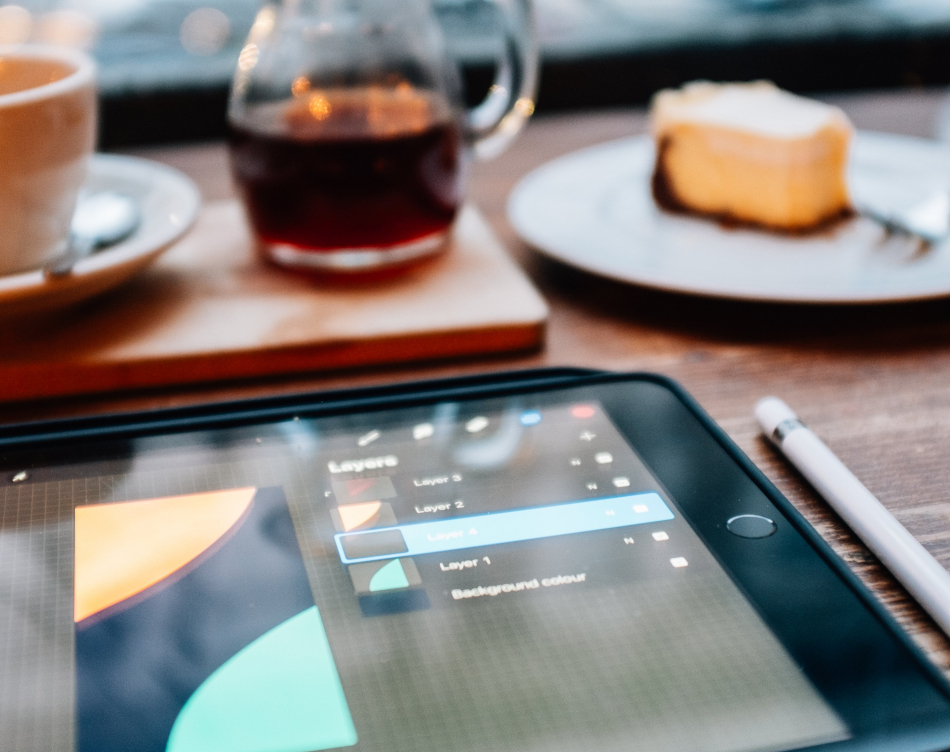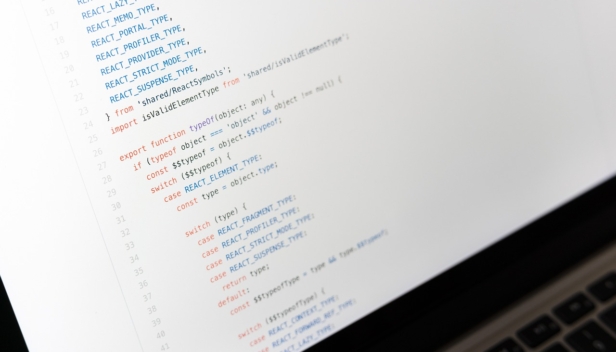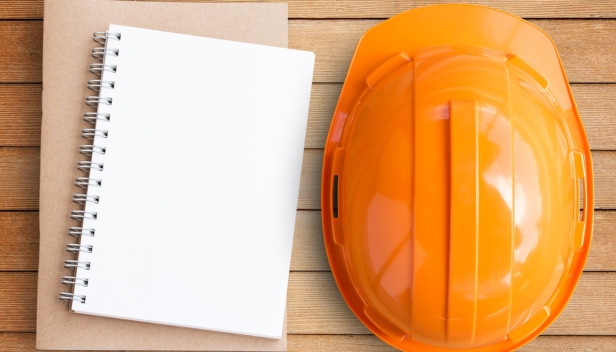Design of the visual layout of a dessert recipe handbook
Graphic Design

Planner, diary, personal organiser… these are all words that can be used to describe a handbook, and each relates to specific content. The handbook is a personal book in which we keep everything we need to do organised and up-to-date.
When designing a planner, it is important to know what the theme of the planner will be, to define the target audience and to plan the content. When planning content, it is good to know the wants and needs of your target audience.
This thesis is divided into several chapters, including a theoretical part, an experimental part and the production of a planner with a conclusion.
The theoretical part describes the history of the book, including the development of writing and the ways in which texts are written on different materials. The difference between digital and offset printing is explained.
It also talks about the e-book compared to the printed book and where the idea for the e-book came from. This includes various electronic applications that compete with the traditional handbook. It describes the components of graphic design that every designer must know to create good content in print.
At the end of the chapter, the production of paper from waste materials is presented, as graphic design is also committed to protecting the environment. It also mentions the Italian company, Favini, and the Applause project, based in Ljubljana.
The experimental part presents an analysis of selected prescription entry systems currently on the market and describes a comparison of similar publications. The results of an online questionnaire are also presented, as it was necessary to analyse the target group and obtain their needs regarding the final design of the planner.
Based on the survey results, a planner for entering dessert recipes has been developed. The individual steps of the production process are described, from the design of the content to the final physical product.
It explains how to choose the format, colours, typography, and graphic elements. The process of preparing a PDF file for printing is also described in more detail.
The final section summarises the findings and confirms the four hypotheses. I have confirmed all the hypotheses in the light of the findings and analyses, and added a short explanation.





